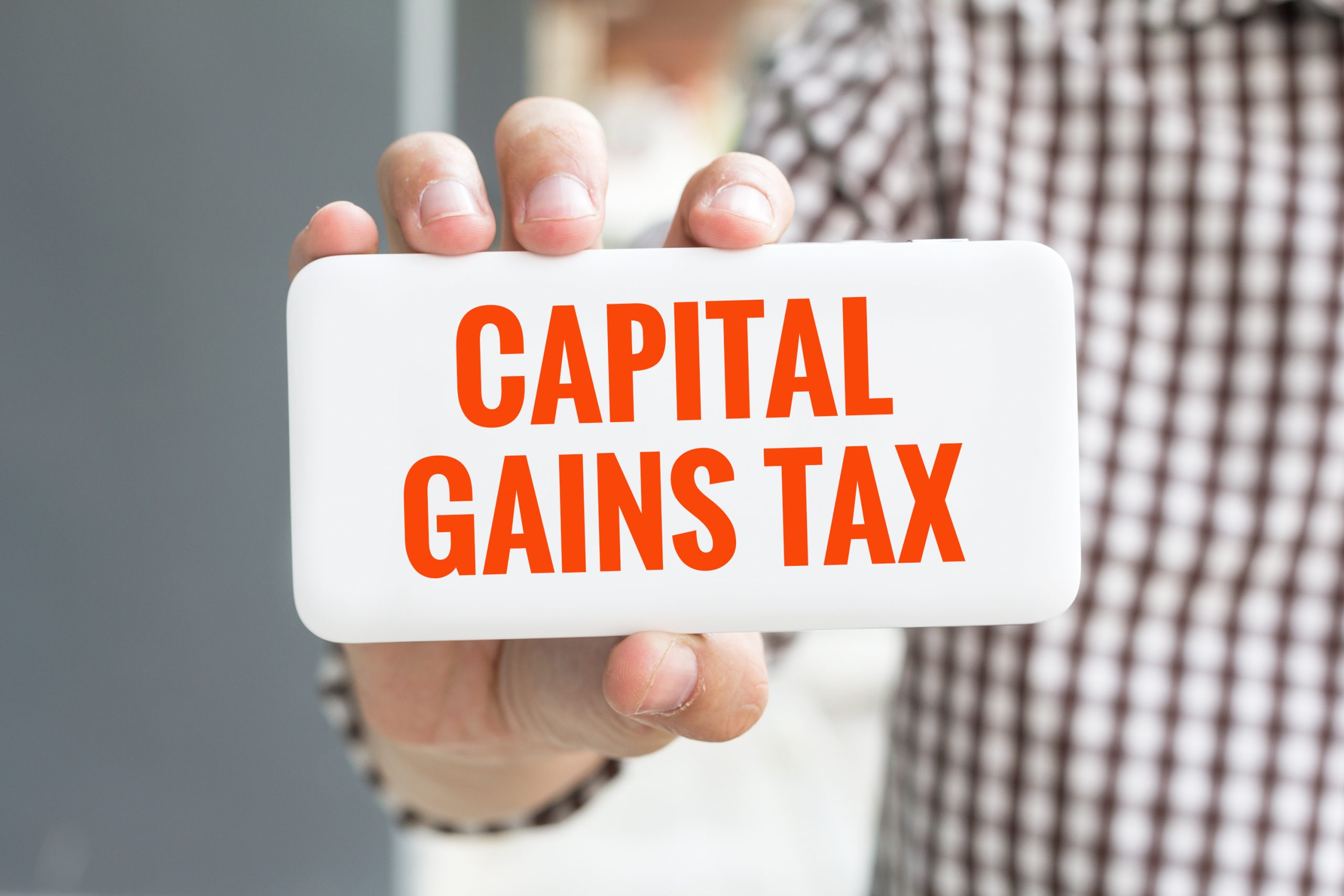When you sell your property, you will need to determine whether you have made a capital gain or capital loss on the sale. Many people think that there is some sort of separate capital gains tax, but this is not quite accurate. What happens is that you calculate the capital gain or loss you made on the sale and if you have made a capital gain it is added to your other assessable income to determine your tax liability. A capital loss can be used to offset any other capital gains you have made e.g. sold some shares at a profit and if you have no other capital gains to offset then the capital loss can be carried forward indefinitely to be used at a later stage to offset any future capital gains.
There are several things that need to be considered in working out the amount of the capital gain to include in your income tax return and hopefully the following will help you to understand this better. Firstly, it helps to determine which type of entity is holding the asset.
Individuals
If the investment property is held in an individual’s name, then the capital gain will be reduced by 50% if the property has been held for more than 12 months. For example, let’s assume that Tony held an investment property for more than 12 months and he calculated his capital gain to be $50,000. The amount Tony will include in his income tax return as being assessable will be $25,000. So, although he made a gain of $50,000 he will only be taxed on the $25,000 at his marginal tax rate.
CAUTION
From 8th May 2012 non-residents for tax purposes are not eligible to reduce their capital gain by 50% for capital gains made after 8 May 2012 up when the property is sold. There is a calculation for non-residents to determine the amount of the gain eligible for the CGT concessions if any.
Trusts
Trusts also get the benefit of reducing the capital gain by 50% if the property has been held for more than 12 months. Note that Self Managed Super Funds, which is a type of trust, does not get the 50% discount. For an SM SF it is 33.3%.
Companies
Companies do not get the benefit of reducing the capital gain by 50% even if the property has been held for more than 12 months. The entire capital gain is taxed at a rate of 30% or 26% if the company is a Base Rate Entity . This is one of the reasons that most advisers will not recommend having an investment property held in a company. If the asset is development stock i.e. part of a property development, then a company may be appropriate and something we will discuss later.
Remember if you have a company acting as trustee for a trust it is the trust that is assessed and not the company acting as trustee.
The next thing that many people forget to do is allocate the purchase price between the land and buildings and the ‘depreciating assets’ and similarly allocate the sales proceeds between the land and buildings component and the ‘depreciating assets’ It is a common misconception that the capital gain on sale is merely the sales proceeds less the purchase price.
This simplistic approach will generally lead to someone incorrectly reporting the capital gain in their tax return and if discovered during audit penalties and interest will apply. So, the question then is how do I calculate my capital gain on sale?
Well the first starting point is to work out what the ‘cost base’ is. As mentioned previously the tax act uses a term called the ‘cost base’ to help in working out the amount of the capital gain or loss.
It is very unusual for a contract for sale to allocate the price between the land and buildings and the depreciating assets being sold. TD 98/24 provides some guidance and it is recommended that the apportionment is based on the market value NOT the written down value of the depreciating
assets. Of course, if the written down value is equal to market value then that apportionment is fine. A good quantity surveyor will be able to help with those values.
Once the purchase price and sale price has been apportioned you then need to work out the ‘cost base’. The general rule is that there are five elements to the cost base of an asset.
First Element – Acquisition Cost
This is the total of
- the money paid or required to be paid for the asset; and
- the market value of any property given, or required to be given, in respect of acquiring the asset.
There are incidental costs of acquiring the asset or which relate to any capital gains tax event. These include
- stamp duty on acquisition or other similar type of duty
- costs of marketing or advertising to find a buyer or seller
- payments for the services of a valuer, auctioneer, accountant, broker, agent (including property buyer’s agents) consultants or legal advisers. Any payments for tax advice can only be included if they have been provided by a recognised tax adviser
- search fees relating to the asset (such as fees to check land titles and similar fees)
- the cost of a conveyancing kit
- the costs of transfer
- borrowing expenses which are otherwise not deductible
- the cost of making a valuation
These include any costs such as rates, land tax, repairs and maintenance, insurance, etc where you haven’t claimed it as a tax deduction
Fourth Element – Capital Improvements
This includes costs to increase or preserve the value of the asset.
Fifth Element – Title Costs
This includes capital expenditure to preserve or defend your right to the asset.
There are further complexities to the capital gains tax calculations on the sale of your investment property which we will cover in another post.
If you want a proactive accountant that specialises in property to work out the capital gain on the sale of your property give us a call and we are happy to discuss.


